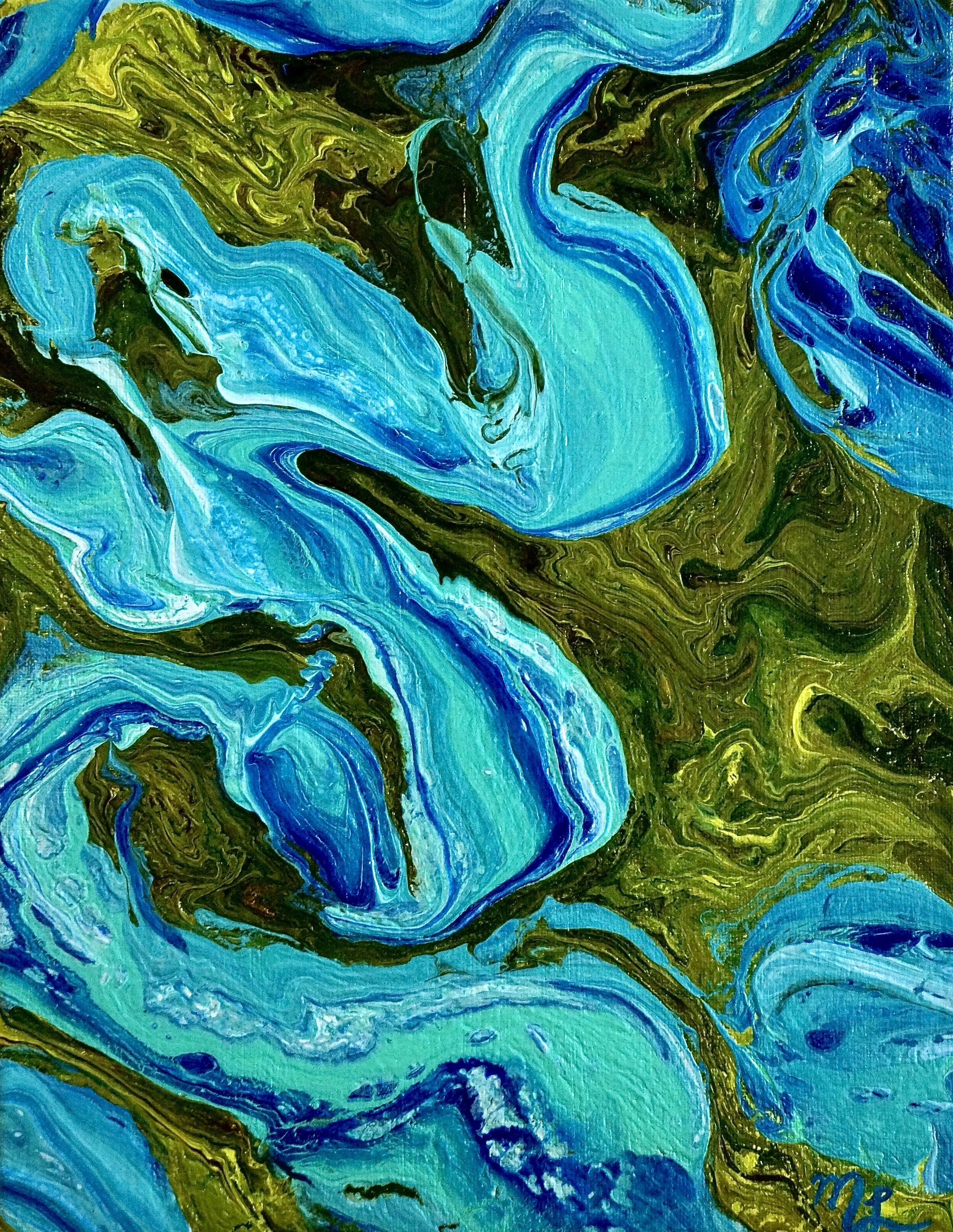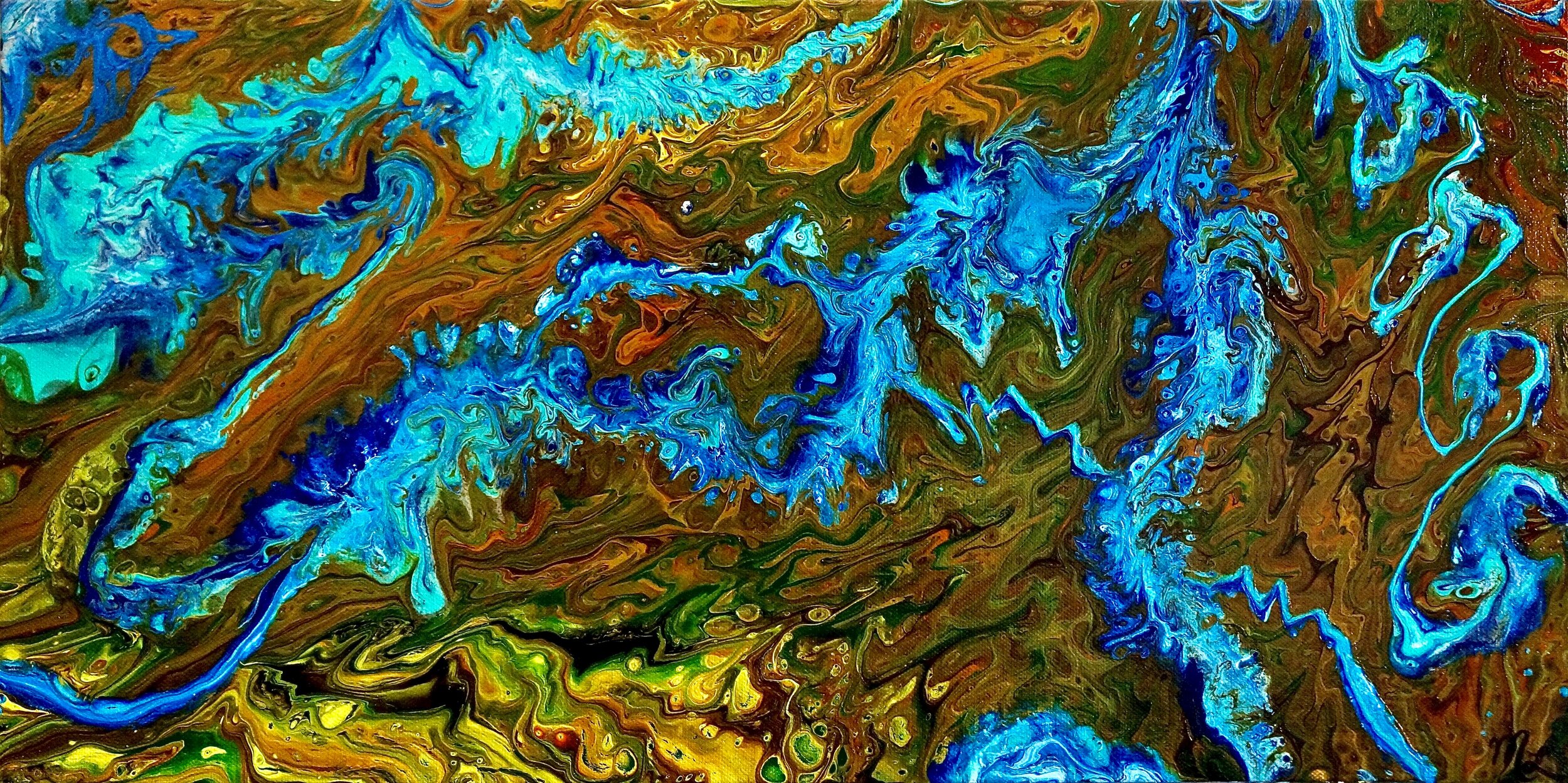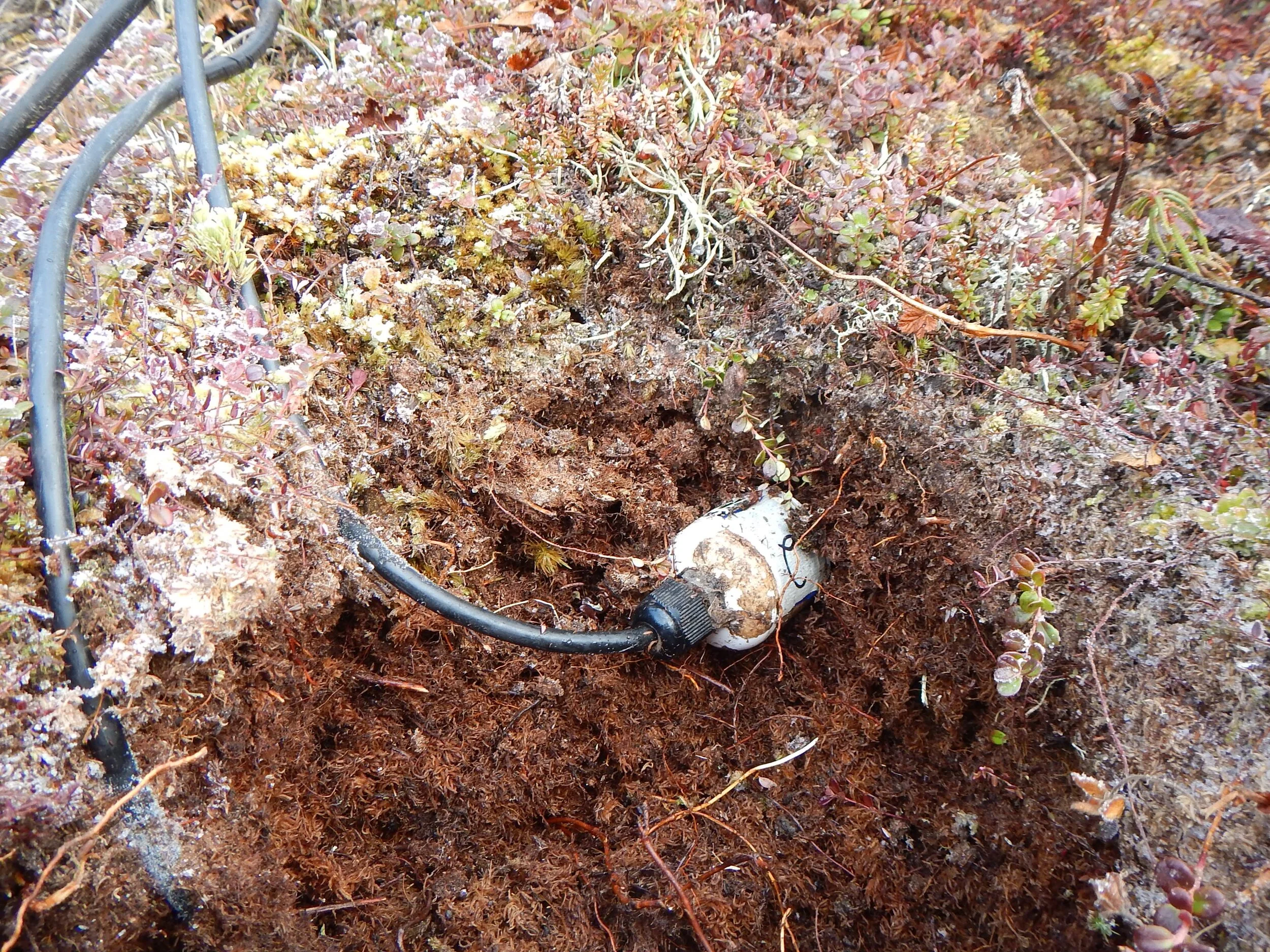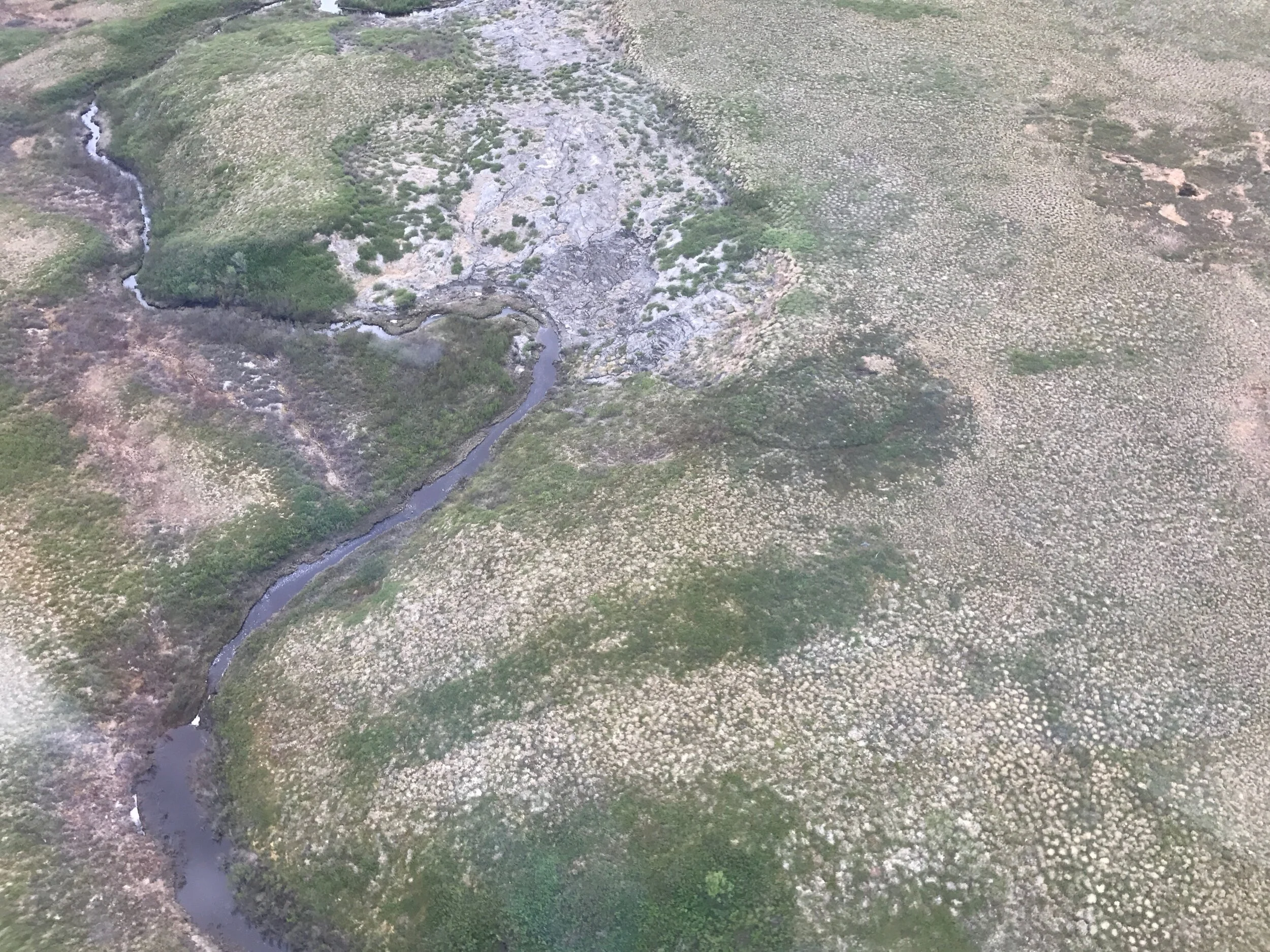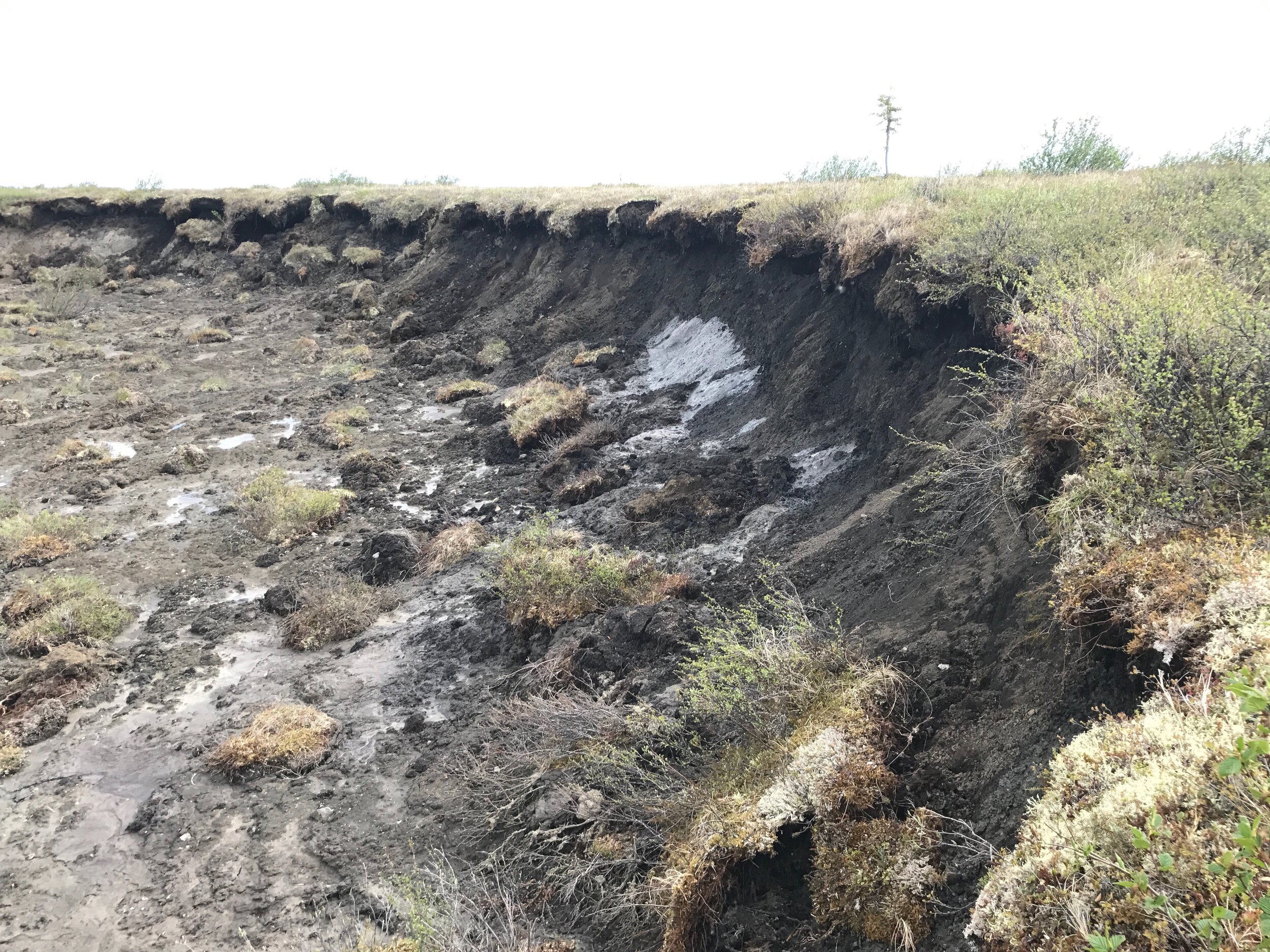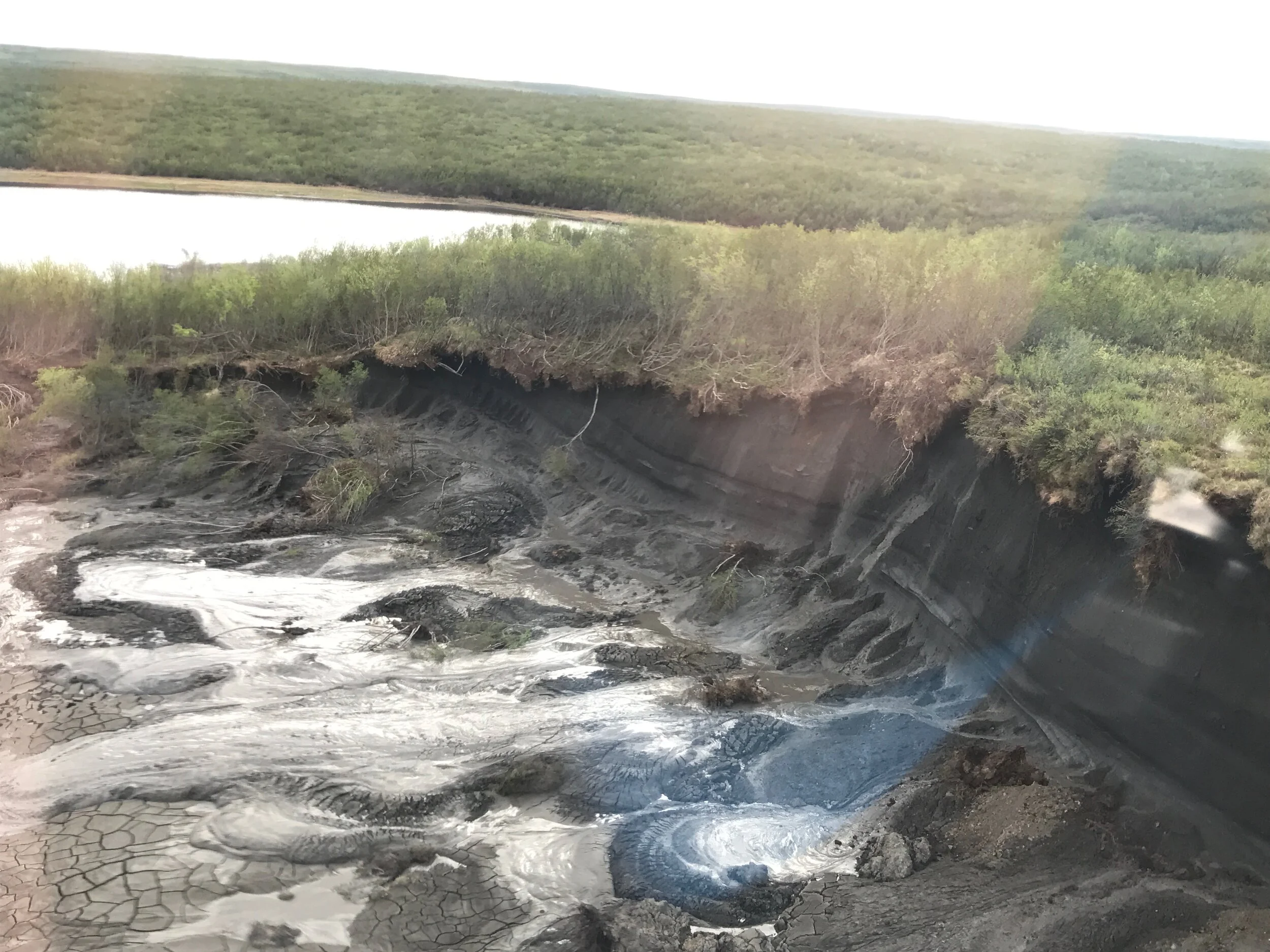Virtual Water Gallery
The Virtual Water Gallery is a science and art collaborative pilot project funded by Global Water Futures that aims to create a inclusive space for fluid and meaningful conversation between artists, water experts, knowledge keepers, and the public on water security threats relevant across Canada. Several artists situated across Canada and the United Kingdom have each collaborated with Global Water Futures researchers and knowledge keepers to co-create art pieces that illustrate past, present and future water resource challenges.
The entire project gallery can be viewed at www.virtualwatergallery.ca.
The Art-Water-Climate Connection was a physical, in-person gallery exhibition of select pieces from each project that took place at artsPlace Canmore in May-June 2022.
During this four week installation, various events and workshops were organized to engage the local community, as well as the Canadian Water Resources Association national conference attendees.
Three opening receptions were planned to allow 1) the local public, 2) academic affiliates and local municipal members, and 3) CWRA conference attendees to view and experience the space and experience at an intimate night of food, drinks, and speeches from curators, artists, and traditional knowledge keepers.
Riverscape painting and river science workshops for kids and teens were held at artsPlace, led by Dr. Louise Arnal and Megan Leung. And finally, plein air painting workshop was organized for CWRA conference attendees at a local park backing onto the Bow River and several local mountain peaks. This outdoor workshop was led by Dr. Louise Arnal, Rhian Brynjolson, Patrick Cheechoo, Megan Leung, and the Men Who Paint.
Online 3D tour of the artsPlace exhibition space coming soon.
Arctic Polarity
Arctic Polarity is the exhibit that I created for the Virtual Water Gallery. This SciArt collaborative exhibit focuses on how changes to water security in the Canadian Arctic connect and play at different scales, seasons, and spaces. The themes that Arctic Polarity focuses on are the core themes of the Changing Cold Regions Network (CCRN) and Northern Water Futures research projects within Global Water Futures. Each piece illustrates a unique perspective within time and space, showing the multifaceted dimensions of water cycle changes in Northern Canada, namely permafrost thaw and changes in soil moisture and vegetation distribution across the landscape.
I have had the pleasure of collaborating with Dr. Aaron Berg, a professor and Canada Research Chair in Hydrology and Remote Sensing at the University of Guelph. His involvement in both the CCRN and Northern Water Futures was a unique perspective to learn about. He and his research group study the application and development of models that will allow for the detection and prediction of emerging water security threats such those associated with drought or flood. Over the past number of years, he has had opportunities to both visit and research within numerous locations within Canada’s western boreal and arctic environments. He continues to be amazed by the beauty of these landscapes but is concerned over the rates of both climate and landscape change.
The Science
The pieces Megan has created are based on discussions of processes and field photos taken north of Inuvik in the Northwest Territories. The Arctic is undergoing climate warming induced changes two to four times more rapidly than lower latitude regions of the world. Across this region, some of the largest changes are in the ground and near-surface air temperature, observed across the Canadian Arctic. This has resulted in numerous changes to landscapes including reductions in the snow and ice-covered portion of the year and changes to vegetation composition. A notable vegetation change has been the horizontal and vertical expansion of shrubs on the landscape (“shrubification”). Shrubification describes the process in which shrub growth is enhanced due to the insulating effect of increased snow cover. These vegetation changes have the potential for broad changes to the local hydrology and ecosystems as they change patterns of blowing snow and snow accumulation, snowmelt and rates that both water and heat may enter the soil. The warming soils are inducing increased permafrost thaw, which significantly alters lake drainage and the stability of the soil profile, resulting in mass slumping. Permafrost is ground that has remained permanently frozen for more than two years. When it thaws, the ground above it destabilizes, resulting in visible depression of scarred and exposed ground from this collapse. Permafrost covers roughly one quarter of the Northern Hemisphere. All these changes have implications on both people and animals within these regions affecting how they interact with the land. Our goal is that our research in these areas will discover new methods for detection of these changes, understanding the physical mechanisms and timescales for these multi-generational changes to enhanced prediction for the benefit of local livelihoods and communities. - Aaron Berg
Permutation
Permutation celebrates the importance of remote sensing and satellite imagery in environmental research, monitoring, and change detection of rapidly warming Arctic regions through the complexity and vibrancy of riverscapes in the autumn, and its unique ability to highlight diversity in Arctic flora and fauna. I see northern landscapes as a beautiful paradox of power and fragility. The strength of the winding, rushing water through vibrant patches of lush vegetation, overflowing into small clusters of lakes and ponds throughout. The strength of place-connection that northern and Inuit communities have to their land. The strength of adaptability within all species to changing ecosystems. The fragility of land stability as permafrost thaws, and grounds slump and erode into our waterways, like the roots of a tree spreading into the ground. The fragility of water security north and south as water quality, quantity and reliability is threatened. The fragility of our quality of life, our home. And the strength that we, as a community, hold in our actions to protect our life source.
Permutation
Acrylic on canvas, 45x60cm
Foundations
Foundations highlights the complex layers of the subsurface that play a key role in Arctic land stability. As air and ground temperatures increasingly rise each summer, permafrost thaw is exacerbated, and the integrity of these interwoven and interdependent horizons begin to disintegrate; the integrity of the root systems encapsulated by this once frozen ground, the above ground biomass and the columns of infrastructure lying atop supported by this rigidity. The equilibrium of water flow both surface and sub feeling the disruption, the ratio of water and ice walking a thinner and thinner line. The symphonic resiliency of nature as it adapts to these breaches, and the reflection of this resiliency within the hearts of all living communities.
Foundations
Acrylic on canvas, 45x60cm
Liquid Adaptation
This series of abstract paintings helped surge my creativity through envisioning different colour palettes and compositions through my many discussions with Aaron, one of which he mentioned "when we move out of the visual spectrum to focus on texture and pattern", in reference to interpretations of drone and satellite imagery.
As I looked through aerial field photographs of the Mackenzie River Basin, the contrast of colours at different times of the year resonated with me, as well as the powerful way in which water carves and shapes life, habitats, and settlements in the landscape, from the base of the roots in the soil to the tip of leaves blowing in the wind. These defined lines and vibrant contrasts begin to dissolve as the landscape degrades.
Glacial Streams
Acrylic on wood, 30x40cm
Spring Surge
Arylic on canvas, 28x36cm
Arctic Splash
Acrylic on canvas, 30x60cm
Autumn Colourblock
Acrylic on canvas, 28x36cm
Wetland Shores
Acrylic on canvas, 30x40cm
Fluorescent Wetlands
Acrylic on canvas, 25x50cm
Tundra Gyre
Acrylic on canvas, 30x60cm
Sinuosity
Acrylic on canvas, 28x36cm
Braided Torrent 2
Acrylic on canvas, 25x50cm
The Collaboration Process
“As much as both Aaron and I would have loved to visit the Northwest Territories to collaborate immersed in these landscapes, this collaboration has still been meaningful through various media and story sharing via email and video conferencing. Through sharing of experiences, field photos, and research papers, I was able to develop a better understanding of the core goals of Northern Water Futures and Changing Cold Regions Network. It is no coincidence that these resources were already a familiar passion to me - research papers covering topics relevant to my graduate research, and field photos of wild and powerful places that I spend time in, yearn to be in, and always appreciate seeing more of. I reside in the front ranges of the Canadian Rockies, and I feel fortunate to live in proximity to the prairies and the mountains. I love that the both ecosystems share elements of the Arctic, and through my experience conducting fieldwork and recreating locally, it’s helped inform my understanding of the processes at play in the Northwest Territories” - Megan
“I shared this field photo to show the colours of the organic soils and vegetation complexity of the tundra. In this photo we are using soil probes to monitor soil moisture of this organic soil. The soil moisture estimates were used in a study to validate and improve the retrieval of soil moisture for the arctic from a recent satellite mission.” – Aaron
“This photo clearly shows the highly organic soil in this landscape, as well as the mosses and shrubs. What my eyes are drawn to is how the hint of frost on the vegetation really pulls out the contrast of greens and reds, and the sparse roots poking out throughout the profile make it feel as though the soil is boundless. As I was creating the composition for Foundations, I imagine as if I were there, with my face a few inches from this rich soil, and I try to imagine what it would smell and feel like.” – Megan
“This a view over one of the many creeks in the Inuvik region. So many processes are shown in this photography including slumping and connection of this sediment in river systems, the expansion of shrub regions into tundra environments. Numerous arctic lakes are visible in the distance.” – Aaron
“The scale of the thaw slumps in relation to the river channel is quite powerful, and the liquid like pattern of the slump scar. As you can see rafts of shrubs beginning to regrow in these slumps, they did not occur recently. The slope of the slump can help begin to understand the magnitude of sediment that was wasted into the river channel. Whether a mountain valley, rock canyon, cave, or tundra valley, I am always in awe of the way that water carves itself through the landscape. This valley of slumps, among other aerial photos of slumps, helped my conceptualize the composition of Permutation.” – Megan
“This photo shows a number of fascinating processes including slumping and connection to creeks. In the foreground we see the remarkable texture of ice wedge polygons with shrubs expanding on to the tundra.” – Aaron
“There is a certain somberness that this aerial photo evokes in me. The scale of the slump also shows very well how large this older slump is, and it’s reminiscence of a scar among the rest of the untouched tundra.” – Megan
“This photo again shows a number of fascinating processes including slumping and connection to creeks. In the foreground we see the remarkable texture of ice wedge polygons with shrubs expanding on to the tundra.” – Aaron
“It’s interested to see a closer view of these older slumps as life begins to regrow in these patches. I feel as though the resilience of flora and fauna is depicted in the way that these shrubs and mosses continue to grow and dangle off the edge of the slump, some patches having fallen into the slump, and some continuing to grow, adapting root systems.” – Megan
“This photo demonstrates a very large thaw slump. Note the patterns and colours of the debris and association with an arctic lake.” – Aaron
“This is probably my favourite field photo that Aaron has shared with me. The crisp contrast within the saturated slump profile with the rug of browning vegetation hanging above, the healthy green vegetation behind it, the texture of the snow and ice in the slump as if it were melting and spreading into the ground like a terminus of a glacier, the pattern of the cracked and dried soil adjacent to the ice patch, and the bright Arctic lake behind all of this. This really spoke to me and helped me in creating the ideas behind my other paintings Foundations and Stagnation (check back soon for those!).” – Megan






